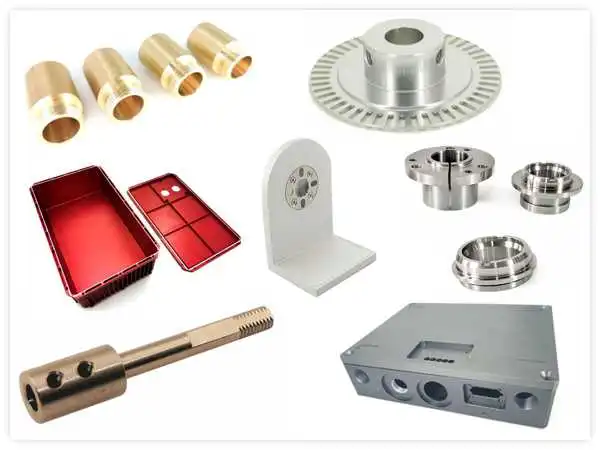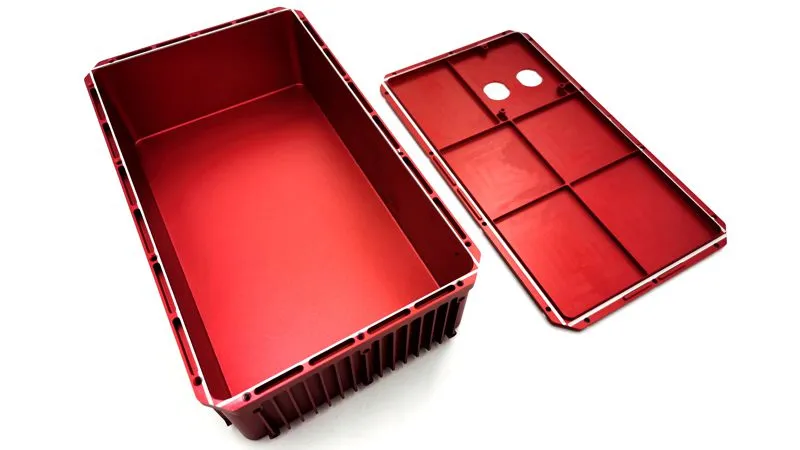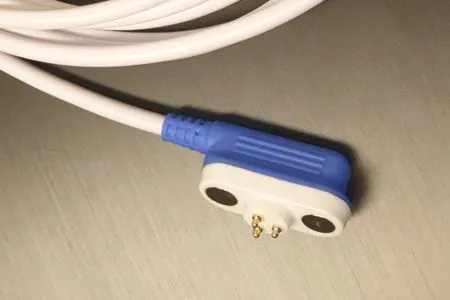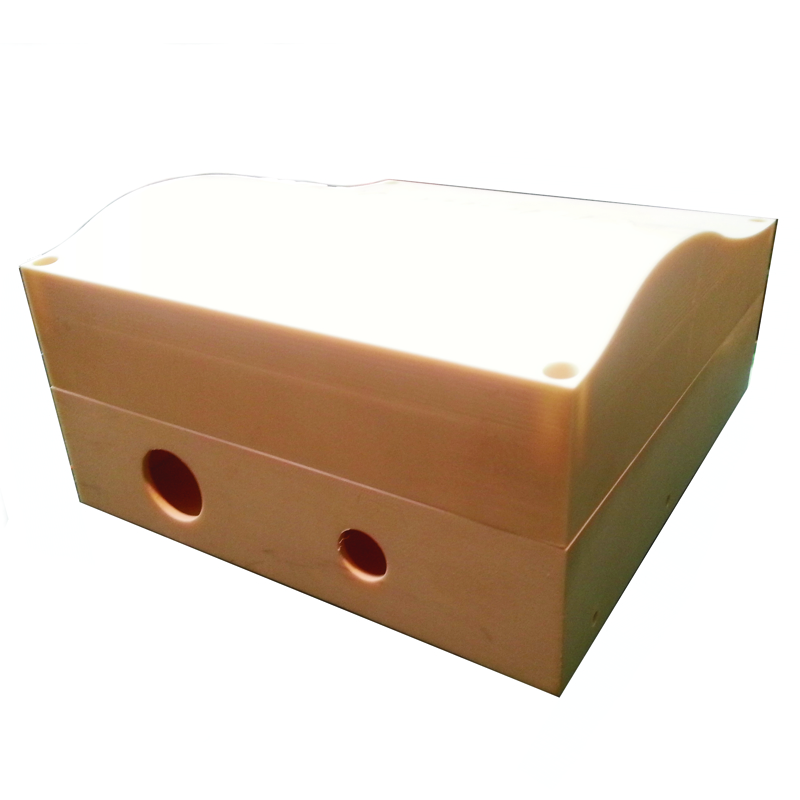
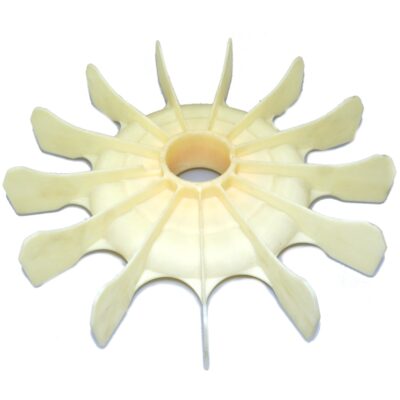
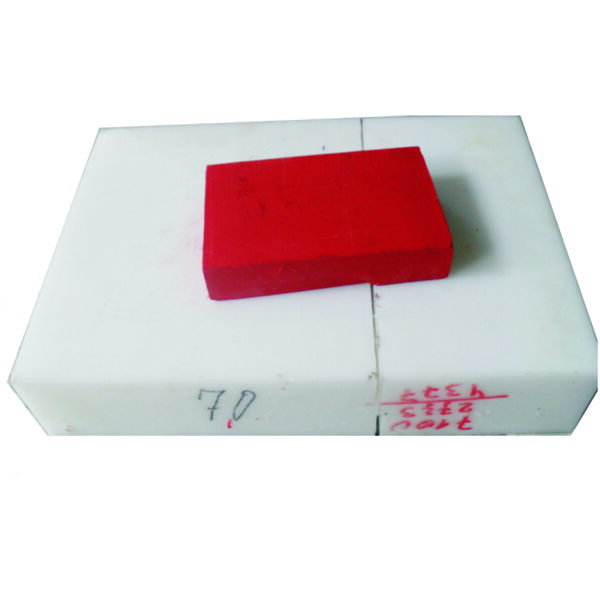
In de past decade, 3D printing became a very popular manufacturing technique. More specific, Before you had plastic injection molding (among different kinds of molding) and CNC machining of plastic parts. Nowadays, we have to ask ourselves: is plastic CNC machining a good alternative to 3D printing?
Plastic CNC machining and 3D printing are two popular methods of producing plastic parts. Both have their own advantages and disadvantages, making it difficult to determine which one is the best. In this article, we will explore the pros and cons of both plastic CNC machining and 3D printing to help you determine which method is the best for your needs.
Plastic CNC machining involves cutting plastic material with a computer-controlled machine to produce a finished product. The process involves feeding a block of plastic material into a machine that uses spinning cutters to shape the material into the desired shape. This process is very precise and can produce parts with high accuracy and repeatability. Additionally, CNC machines can handle a wide range of plastic materials, making them a versatile option for producing plastic parts.
Plastic CNC machining.
One of the main advantages of plastic CNC machining is the ability to produce complex shapes and features. CNC machines can produce parts with intricate details, including curves, angles, and internal channels, which can be difficult to achieve with 3D printing. Additionally, CNC machines can handle a wide range of materials, including engineered plastics, making them a great option for producing parts that need to withstand high stress and demanding conditions.
Another advantage of plastic CNC machining is the speed of production. CNC machines can produce parts much faster than 3D printers, making them a great option for high-volume production runs. Additionally, CNC machines can produce parts with a high level of accuracy and repeatability, which is ideal for producing parts that require tight tolerances.
On the downside, plastic CNC machining can be more expensive than 3D printing. The cost of CNC machines, as well as the cost of the plastic materials and cutting tools, can add up quickly. Additionally, CNC machines require a higher level of skill to operate, making them a less accessible option for individuals and small businesses.
3D printing: a good alternative.
3D printing, on the other hand, is a process that involves building up layers of material to create a finished product. This process can be used to produce a wide range of plastic parts, including prototypes, toys, and even functional parts for use in industries like aerospace and medical.
One of the main advantages of 3D printing is the low cost of entry. 3D printers are much less expensive than CNC machines, making them a great option for individuals and small businesses. Additionally, the cost of the materials used in 3D printing is generally lower than the cost of the materials used in CNC machining.
Another advantage of 3D printing is the flexibility of the process. 3D printers can produce a wide range of shapes and features, including complex geometries, internal channels, and intricate details. Additionally, the process can be easily scaled up or down to meet the needs of different projects, making it a great option for small-scale prototyping and large-scale production runs.
However, there are some disadvantages to 3D printing. One of the biggest drawbacks is the speed of production. 3D printers can be slow, especially for larger parts, making them a less-than-ideal option for high-volume production runs. Additionally, the accuracy and repeatability of 3D printed parts can be lower than that of parts produced using plastic CNC machining.
In conclusion, both plastic CNC machining and 3D printing have their own advantages and disadvantages. CNC machining is a fast, precise, and versatile option for producing high-quality plastic parts, but it can be expensive and require a higher level of skill to operate. On the other hand, 3D printing is a low-cost, flexible option that is well-suited for small-scale prototyping and low

